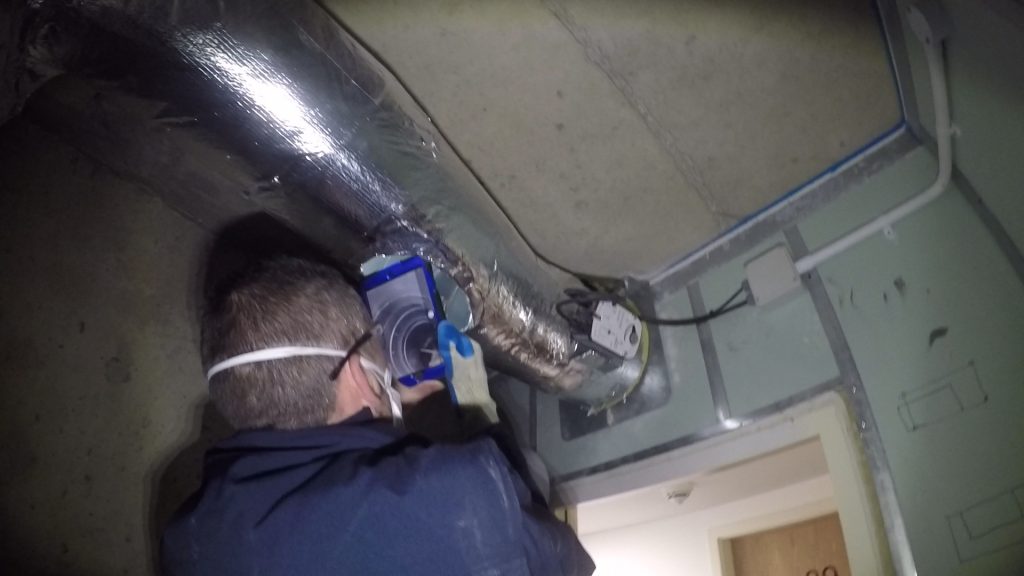BSI Group, also known as the British Standards Institution, is the national standards body in the UK. They are responsible for producing a wide range of guidance and technical standards. One of those standards is BS 9999: Code of Practice for Fire Safety in the Design, Management & Use of Buildings.
BS 9999 covers a wide range of fire safety best practices, aimed at helping architects, surveyors, facilities professionals, fire safety engineers and consultants to provide a safe environment for people in and around buildings.
This standard is not the only legal requirement for fire dampers, but the person responsible for the building must be aware of BS 9999 and ensure the rules are applied in their premises.

How BS 9999 relates to Fire Dampers
Part of this standard addresses the need for all ducting to be fitted with fire dampers at regular intervals. Ventilation, heating and air conditioning all require ducting, making it common in most modern or renovated premises to have miles of ductwork running throughout the building.
There are a variety of fire dampers in use across the UK, but there are two ways fire dampers are operated: 1. By a fusible link which is triggered at certain temperatures, releasing the damper to close and 2. Electronically, by linking the fire damper to the buildings central fire safety system.
BS 9999 requires that all dampers, regardless of type, specification or operation method are tested annually as a minimum. There are a few keys elements to testing, which can be summarised as:
- Identification – finding the location of dampers in your building
- Inspection – a visual check of the installation and state of repair
- Testing – a physical fire damper drop test
- Resetting – replacing the fire damper to it’s ‘ready’ state
- Reporting – an essential element for compliance is the maintenance of compressive records.
More than just a test
There is one more area required under the standards. If a fire damper is found to be faulty it must be repaired or replaced immediately. Remedial works need to be acted upon swiftly.
In our experience, dampers are tested infrequently, facilities managers can expect at least some remedial works – such as replacing fusible links, or damaged fire dampers. As annual testing is scheduled and a maintenance plan adhered to, remedial works become less frequent.
In some rare cases, remedial works can be more extensive – these are the most common issues:
- Engineers are unable to access the dampers for testing.
- Foreign objects obstructing the damper’s operation.
- Poor installation or damage to the fire compartment.
If you have any queries around BS 9999 and the testing of fire and smoke dampers, get in touch with our experts today. We’ll be happy to help.
